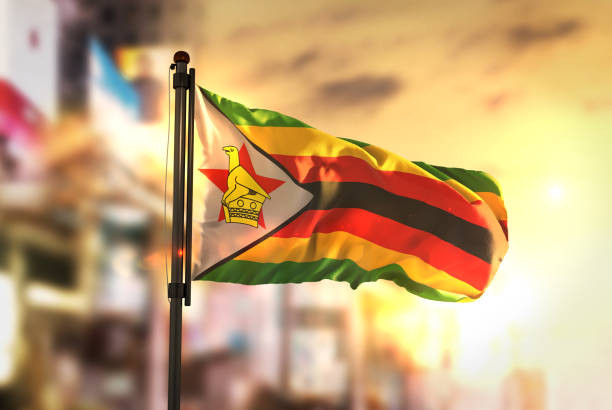
The latest appeal by the United Nations for donor support to feed about 7,6 million of Zimbabwe’s 15 million people has once again exposed repeated lies by the government that the country’s agricultural sector is on the road to recovery.
Last week, the UN Office for the coordination of Humanitarian Affairs (Ocha) said it was appealing for US$430 million to provide "life-saving and life-sustaining assistance" to vulnerable people following a devastating drought caused by the El Nino climate phenomenon.
The drought affected most of the southern African region, but its impact seems to be more severe in Zimbabwe because of a weakened economy and poor planning on the part of government.
For the past six years President Emmerson Mnangagwa's government has been ploughing millions of dollars into input schemes to support rural farmers to boost their yields.
Programmes such as Pfumvudza and the presidential input schemes have been trumpeted as the panacea to Zimbabwe’s perennial food insecurity.
In the past few seasons, Mnangagwa’s government has been patting itself on the back celebrating what it claimed were surpluses in maize and wheat production.
Millions of dollars have also been spent on the rehabilitation of irrigation schemes to support winter farming.
Global early warning systems indicated as far back as mid last year that the El Nino effect would sweep through the region, resulting in significantly lower rainfall and high temperatures.
- COP26 a washout? Don’t lose hope – here’s why
- Under fire Mnangagwa resorts to Mugabe tactics
- How will energy crunch transition impact transition to renewables?
- COP26 a washout? Don’t lose hope – here’s why
Keep Reading
However, outcomes of the government’s crop assessments and the appeals by the UN agencies show that Zimbabwe was not prepared for the drought, hence the unfolding humanitarian crisis.
Indications are that Zimbabwe will only harvest 700 000 tonnes of maize this year, which would be 70% down from last season. The country requires 2.2 million tonnes of maize annually for consumption by humans and livestock.
Droughts have become perennial in Zimbabwe and this means authorities should have adaptation policies by now that cushion citizens against unpredictable climate patterns.
Investment in agriculture must be informed by the need to move away from rainfall-fed farming to irrigation and other sustainable methods. The government can ill-afford to pour money into inputs for populist reasons as has been the case in the past.
Zimbabwe’s irrigation capacity was decimated during the chaotic land reform programme at the turn of the millennium and the country is yet to recover from that.
The government will do well by scouting for investment in the agriculture sector and financing farmers to acquire equipment as well as building water reservoirs to support irrigation projects.










